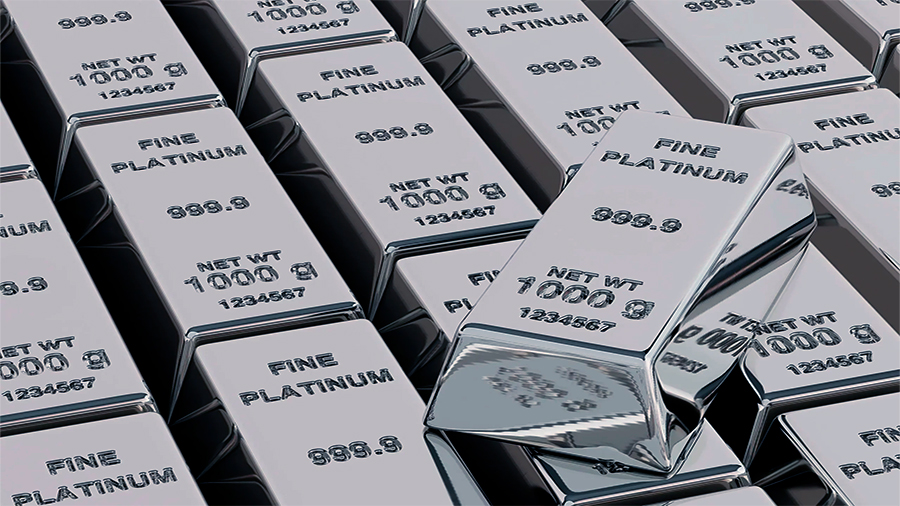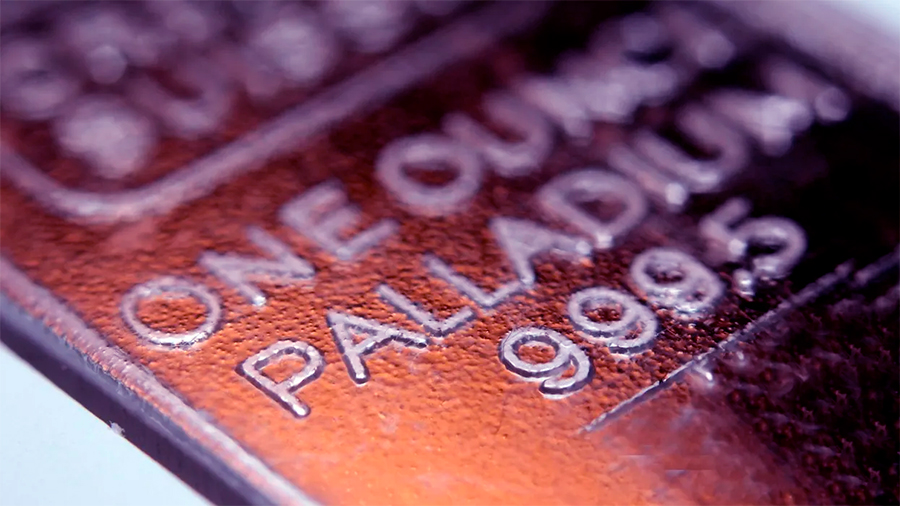The Future of the Precious Metals Market: Forecasts for Credit Investors
Precious metals like gold, platinum, and palladium remain central to investment strategies when markets are unstable. Their reputation as safe havens is centuries old, but in today’s financial world, many investors do not simply buy metals with savings—they borrow to do it. For credit investors, this raises both opportunity and risk. Borrowed funds magnify profits if prices rise but can just as easily worsen losses when markets fall or stagnate. Understanding the future of precious metals is therefore not just about long-term value but about matching forecasts with loan terms, interest rates, and repayment schedules. Expert analysis shows that the next decade may bring steady but uneven opportunities across the sector.
Why Precious Metals Matter for Borrowed Investing
Gold, platinum, and palladium serve different functions in global trade and investment. Gold continues to act as a hedge against inflation, currency volatility, and geopolitical instability. Platinum is tied closely to industrial cycles and the energy transition, while palladium relies heavily on the automotive sector. For credit investors, each of these metals offers a distinct risk profile. The challenge is that borrowed investing compresses time: repayment schedules force decisions that pure investors can delay. A flat year in gold is tolerable for a long-term holder, but for someone with a loan accruing interest, it can become a costly mistake. That time pressure changes the way credit investors must view forecasts—every movement matters more, and strategy must align tightly with expected trends.
The Time Horizon Problem
Borrowing short-term for a long-term asset rarely works. Precious metals may rise, but not always within the repayment window of a loan. That mismatch is what makes timing so important for credit investors.
Forecasts for Gold
Gold remains the foundation of the precious metals market. Analysts expect steady demand in the coming years, supported by inflation concerns and ongoing central bank purchases. The price is forecast to climb moderately, though not always in dramatic spikes. For credit investors, this means gold is relatively stable but not guaranteed to outperform loan costs if borrowing rates stay high. If interest rates are above 6–7%, modest price growth may not cover debt expenses. Gold’s appeal lies in crisis resilience: it tends to spike during global shocks. Credit investors should consider gold mainly when uncertainty is high and borrowing terms are favorable, aligning leverage with the metal’s defensive role.
Gold Price Scenarios for Credit Investors
| Scenario | Price Trend | Impact for Borrowers |
|---|---|---|
| High inflation and global risk | +10% to +15% annually | Profitable even with medium-rate loans |
| Stable global economy | +3% to +5% annually | Marginal; loan costs may offset returns |
| Deflationary shock | -5% to -10% annually | Borrowers face net losses |
Forecasts for Platinum
Platinum’s future depends heavily on industry. It is a vital material for automotive catalysts, jewelry, and especially hydrogen fuel cell technologies. Forecasts suggest steady growth as green energy adoption accelerates, but oversupply remains a risk. If global growth weakens, platinum may underperform, making borrowed investments risky. For credit investors, platinum presents a higher-risk, higher-reward profile. The upside is significant if industrial demand strengthens, but downturns can be brutal for leveraged positions. Unlike gold, which is largely a hedge, platinum ties credit investors directly to industrial trends, forcing them to think carefully about the timing and structure of their loans.
Industrial Cycles and Volatility
Platinum is less about steady appreciation and more about cyclical swings. Credit investors must anticipate industrial demand shifts or risk being caught in downturns with outstanding debt.
Forecasts for Palladium
Palladium is the most volatile of the three. Driven largely by demand for catalytic converters in cars, it has seen huge swings in recent years. Stricter environmental standards keep demand high, but risks of substitution loom, with platinum and alternative technologies gradually reducing dependence. Forecasts point to short-term strength but possible medium- to long-term decline. For borrowers, palladium is a double-edged sword. Short-term credit aligned with demand spikes can be profitable, but long-term borrowing is dangerous if substitution accelerates. This makes palladium more suitable for traders than for investors relying on patient strategies.
Palladium Outlook for Credit Investors
| Timeline | Market Trend | Borrowed Investment Impact |
|---|---|---|
| Short-term (1–2 years) | Strong demand and high prices | Profitable with leveraged strategies |
| Medium-term (3–5 years) | Stabilization | Returns narrow, loan costs rise |
| Long-term (5+ years) | Substitution reduces demand | High risk of underperformance |
Risks of Borrowing for Precious Metals
Using loans to buy metals is always risky. Interest costs eat into margins, storage and insurance add overhead, and volatility can quickly force losses. Unlike equities or property, metals generate no income. Credit investors are therefore fully dependent on price appreciation. Rising interest rates further tilt the balance against profitability, especially in stable periods. The main danger is psychological: debt shortens patience. Investors under pressure from repayments often sell too early or lock in losses. For this reason, borrowing to invest in metals requires contingency planning: exit strategies, repayment buffers, and strict discipline to avoid the spiral of forced sales.
The Discipline Factor
With borrowed funds, the margin for error shrinks. Discipline and preparation matter more than instinct or optimism in managing debt-backed metals positions.

Borrowing for Gold vs. Palladium
Imagine two investors making decisions with borrowed money. One takes out a medium-term loan at 5% to buy gold. Over two years, geopolitical tensions push gold up by 12%, allowing them to cover costs and book a profit. The other invests borrowed funds into palladium, riding strong auto demand. Prices surge initially, producing fast gains. But within 18 months, substitution toward platinum begins, and palladium falls. Loan repayments continue, but the asset’s value drops, leaving the investor in a difficult position. The contrast shows how different metals require different borrowing horizons and risk tolerances.
Lesson in Strategy
Gold’s stability supports credit investors who can wait, while palladium rewards only those who time exits precisely. Borrowing magnifies both results, making strategy alignment critical.
Forward-Looking Outlook
Looking into the future, precious metals will continue to be shaped by both traditional forces and new ones. Gold will remain a hedge for uncertainty, but its growth will depend on crises and inflation. Platinum will rise or fall with industrial and green energy demand. Palladium will test short-term traders with sharp cycles and long-term decline risks. For credit investors, the essential strategy is to align loan structures with the unique dynamics of each metal. Short-term loans may work with palladium, longer-term borrowing may suit gold, and platinum requires flexible strategies tied to industrial cycles. The future is less about uniform trends and more about matching leverage to the right metal at the right time.
The Coming Decade
Expect credit-backed investing in metals to become more complex. New technologies, environmental policy, and interest rate shifts will all alter the balance, making preparation and adaptability the real edge for investors.
Conclusion
The future of the precious metals market holds opportunities, but borrowed strategies add weight to every decision. Gold remains steady but slow, platinum volatile but promising, and palladium rewarding only for short-term plays. For credit investors, profitability will depend not just on choosing the right metal but on aligning loan terms, repayment capacity, and market cycles. The lessons from forecasts are clear: borrowed money magnifies both success and failure. Those who approach with discipline, patience, and an understanding of timing can profit, while those who treat credit as free leverage risk turning safe-haven assets into liabilities.





